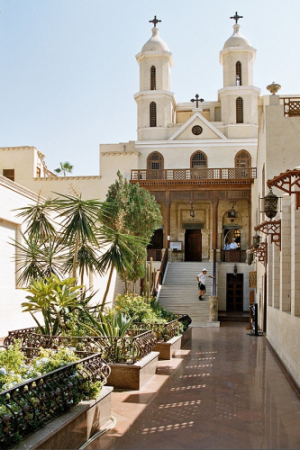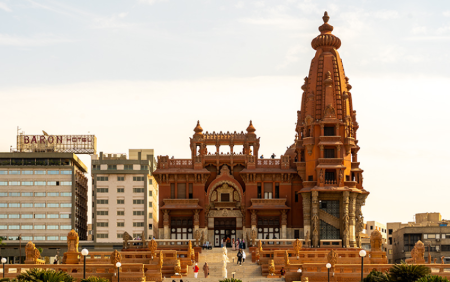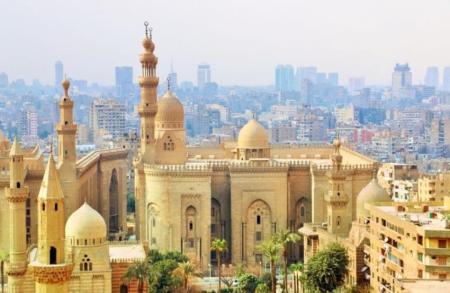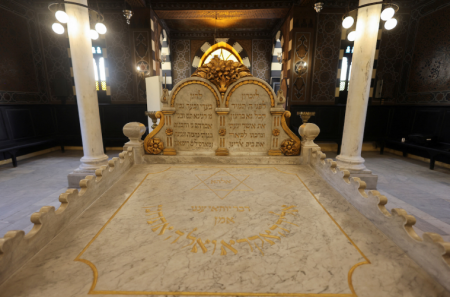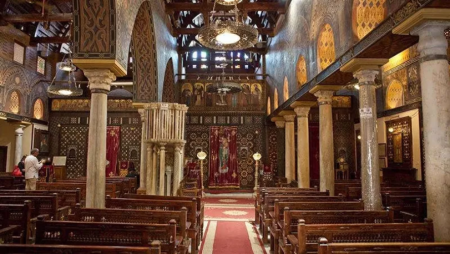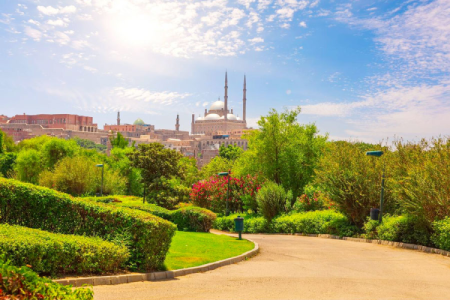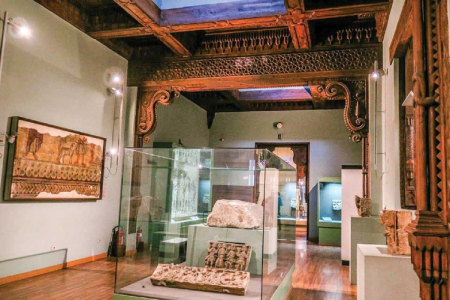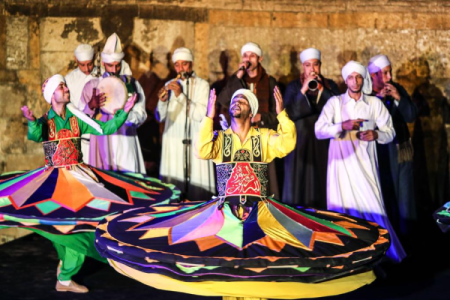babylon fortress cairo

Babylon Fortress Cairo – The Timeless Citadel of Egypt’s Past and Faith
In the heart of Cairo city, where ancient tales echo through stone walls, stands the mighty Babylon Fortress, a monumental reminder of Egypt’s layered history. Known as Qasr el-Sham‘a in Arabic, this fortress is more than just an ancient structure—it’s a living chronicle of empires, faith, and civilization. Nestled in the enchanting district of Coptic Cairo( old cairo), the Babylon Fortress in Cairo remains one of Egypt’s most awe-inspiring architectural and cultural landmarks. Its walls have witnessed the march of Roman legions, the birth of Coptic Christianity, and the evolution of Cairo from a fortress town to a bustling capital. For travelers seeking a journey that blends history, spirituality, and heritage, Babylon Fortress Cairo is a must-visit.
This imposing structure dates back nearly two millennia and still captivates visitors with its massive stone towers and gateways. It once served as the backbone of Roman military operations in Egypt and later became a center of Christian worship, housing some of the most revered churches in Africa, including the hanging church and the Abu Serga Church. Today, exploring Babylon Fortress Cairo is like stepping into the pages of a living history book—one that tells the story of conquests, resilience, and divine devotion. Let’s unravel the captivating saga of this fortress that still guards the soul of Cairo.
The Origins of Babylon Fortress Cairo – Where History Began
The story of Babylon Fortress Cairo begins long before the rise of Islam or the modern city that now surrounds it. It’s believed the fortress was first constructed around the 6th century BCE by the Persians during their rule over Egypt. Yet, the most significant version of the fortress was built by the Romans under Emperor Trajan in the 2nd century CE. Strategically located near The nile river, the fortress commanded a crucial position along the trade and military routes connecting Upper and Lower Egypt. Its placement ensured control over river traffic and acted as a defensive bastion against any uprisings or invasions.
The Romans recognized the immense strategic value of this site. They expanded and fortified it, using massive limestone blocks that still impress visitors today. Its walls, stretching over 500 meters long and rising to a height of nearly 10 meters, once protected legions and the vital supply lines feeding the empire’s ambitions in North Africa. The fortress also played a vital role in the development of the area that would later become one of the earliest centers of Christian life in Egypt.
Babylon Fortress and the Rise of Coptic Christianity
When Christianity began to spread in Egypt, Babylon Fortress became a cradle of faith. Within its protective walls, early Christians found sanctuary to worship freely during times of persecution. The area blossomed into what is now known as Coptic Cairo, a spiritual hub filled with ancient churches, monasteries, and relics. The Hanging Church, built atop one of the fortress towers, symbolizes the triumph of faith over oppression and remains one of the oldest surviving churches in the Middle East.
Nearby stands the The Coptic Museum, which houses invaluable artifacts from the early Coptic era, offering travelers a glimpse into Egypt’s Christian heritage. The fortress wasn’t just a military outpost but a living symbol of endurance, transformation, and spiritual awakening. Its walls became witnesses to centuries of devotion, linking the Roman past with Egypt’s Coptic identity.
Architectural Marvels of Babylon Fortress Cairo
The architecture of Babylon Fortress Cairo is a masterclass in Roman engineering adapted to Egyptian terrain. The fortress features circular towers, thick defensive walls, and arched gateways reflecting the precision of Roman military design. The southern towers, which remain partially intact, are particularly striking—imposing structures that once guarded the fortress entrance and controlled access to the river port.
Inside its ancient perimeter, layers of history unfold. Roman stones meet Byzantine mosaics, and Coptic carvings blend with medieval additions. The stunning fusion of architectural styles paints a vivid picture of continuity and change. Archaeologists have discovered remnants of Roman barracks, water channels, and even a harbor that served ships plying the Nile. The fortress was more than a military installation—it was a self-sustaining city within walls, complete with temples, storerooms, and quarters for soldiers and their families.
The Symbolic and Religious Significance of Babylon Fortress Cairo
Babylon Fortress isn’t just a historical site; it’s a sacred space deeply intertwined with religious narratives. According to tradition, the Holy Family—Mary, Joseph, and the infant Jesus—rested near the fortress during their flight into Egypt. This connection makes Babylon Fortress a pilgrimage destination for Christians from around the world. The Ben Ezra Synagogue, located within the area once enclosed by the fortress, adds another spiritual layer, symbolizing the coexistence of Judaism and Christianity in ancient Egypt.
The fortress today resonates with the prayers and footsteps of generations. Its churches are still active, its courtyards filled with the scent of incense and centuries-old hymns. The spiritual energy here is palpable, blending reverence with a serene sense of history. For anyone exploring Old Cairo, Babylon Fortress provides a transformative experience that bridges faith and time.
Babylon Fortress Cairo in Modern Tourism
In today’s thriving Egyptian tourism scene, Babylon Fortress Cairo stands out as a cornerstone of heritage exploration. It’s a highlight of many Cairo Day Tours and attracts travelers eager to uncover the ancient roots of one of the world’s oldest cities. Visitors can stroll through its timeworn gates, photograph its commanding towers, and wander into the surrounding Coptic quarter filled with cobbled alleys and sacred shrines. The fortress also sits near several other iconic sites, such as the The National Museum of Egyptian Civilization, making it an essential part of any cultural itinerary.
As Egypt continues to invest in preserving its historical treasures, Babylon Fortress Cairo benefits from conservation projects that aim to restore its ancient glory. Its accessibility, rich storytelling, and architectural grandeur make it a favorite among history enthusiasts, archaeologists, and spiritual travelers alike. Many combine their visit with extended Egypt Travel Packages or scenic Egypt Nile Cruises, allowing them to experience the country’s past from multiple dimensions.
Exploring Babylon Fortress Cairo: What to See and Do
Walking through Babylon Fortress Cairo feels like stepping into a living museum. Start at the main gate, where massive Roman stones still bear the marks of chisel and time. Then, wander through narrow walkways leading to ancient chapels and underground passages. The Hanging Church should be your first stop, followed by the Church of Saints Sergius and Bacchus, believed to stand above the cave where the Holy Family rested. The tranquil courtyards and mosaic floors reveal centuries of devotion beautifully preserved.
Don’t miss the Coptic Museum’s extensive collection, from illuminated manuscripts to intricately carved ivory cross-reliefs. The museum sits within the fortress compound and offers a clear narrative connecting Roman, Byzantine, and Coptic periods. For photography lovers, every corner of Babylon Fortress presents a perfect frame—from majestic arches to golden sunlight filtering through ancient stones. And if you crave a panoramic view, look toward the Nile—where the fortress once commanded the river, you’ll feel the pulse of history that never fades.
Preservation and Heritage Initiatives
The Egyptian government, alongside international conservation institutions, has undertaken significant efforts to preserve Babylon Fortress Cairo. Restoration of its Roman walls and surrounding churches ensures that future generations can witness its brilliance. Modern technology, including 3D scanning and digital mapping, helps experts document the fortress’s structure and plan sustainable preservation. These initiatives not only protect the monument but also enhance Egypt’s cultural tourism appeal, linking the fortress to global heritage routes.
Tips for Visiting Babylon Fortress Cairo
To make the most of your visit, go early in the morning to experience the site in quiet serenity. Dress modestly, as many of the churches within the fortress remain active places of worship. Hiring a local guide enriches the experience, offering insights into hidden details and forgotten stories. Pair your exploration with nearby landmarks like the Al Azhar Park or Khan al-Khalili Cairo for a full-day immersion into Cairo’s cultural mosaic.
FAQs About Babylon Fortress Cairo
What is the historical significance of Babylon Fortress Cairo?
Babylon Fortress Cairo was a key Roman stronghold built to control trade routes along the Nile and defend the empire’s southern borders. Later, it became the foundation of Coptic Cairo and a vital symbol of Egypt’s Christian heritage, blending military, religious, and cultural importance.
Where is Babylon Fortress Cairo located?
The fortress is located in the heart of Old Cairo, near the Mar Girgis metro station. It lies beside the Coptic Museum and several ancient churches, making it one of Cairo’s most historically rich districts.
Can visitors enter Babylon Fortress Cairo?
Yes, visitors can explore the fortress and its surrounding churches. Most areas are open to the public, and guided tours provide deeper insights into its history and architecture. The site is part of many organized Egypt Excursions.
What are the main attractions inside Babylon Fortress Cairo?
Key attractions include the Hanging Church, Abu Serga Church, Ben Ezra Synagogue, and the Coptic Museum. Each site tells a different chapter of Cairo’s religious and cultural evolution, all within walking distance inside the fortress compound.
Why should travelers include Babylon Fortress in their Cairo itinerary?
Babylon Fortress Cairo is a must-visit because it embodies Egypt’s layered past—from Roman engineering to Coptic spirituality. Its preserved architecture, sacred landmarks, and proximity to other historic sites make it an essential stop for anyone exploring Egypt’s ancient capital.




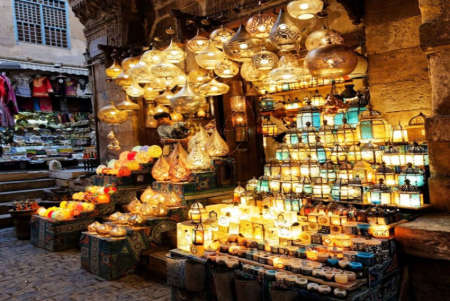
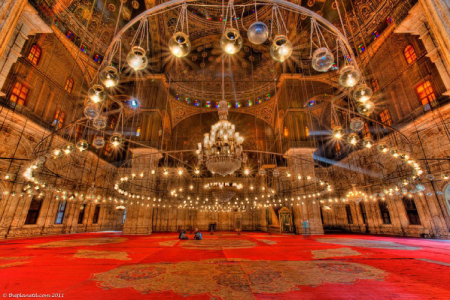


.png)


